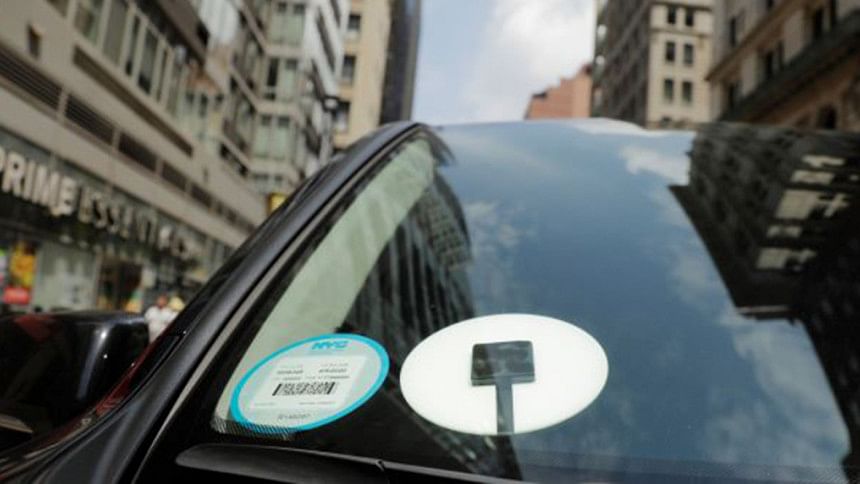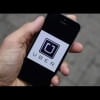Your next Uber ride may have a minifridge stocked with snacks

In late 2014, Uber Technologies Inc began testing a service called Uber Essentials. It was based on the premise that the most popular items from convenience stores could be made even more convenient.
“We were wrong,” says Jason Droege, vice-president of Uber Everything. “In D.C., I sat in a car for six hours and got two orders. We discovered retail is not as simple as putting 200 items in a Toyota Highlander.”
Cargo Systems Inc, the New York-based provider of in-car commerce for Uber and Lyft Inc, thinks differently. Its Cargo box – sort of like a traveling minibar without the alcohol – is in about 12,000 ride-share vehicles; passengers who catch a ride in one that’s equipped with the box can buy snacks and energy drinks on their way to a meeting or home from a very late night.
On Thursday, Cargo expanded its accessibility, announcing a deal with Venmo, the mobile payment service beloved by the millennial set. Earlier this year, Venmo began working with merchants including GrubHub and Uber to let consumers transact with merchants.
Cargo got started in 2016 as a way to capitalise on the captive audience in a ride-share car. It now has US$30mil (RM125.79mil) in funding from backers such as Eighteen94 Capital, Kellogg Co, and Founders Fund. “In 2017 the world spent about 2 billion hours collectively in ride-share vehicles,” Cripe says. “We expect that number to increase.”
According to data from the company, a transaction is completed every 5.39 seconds, and products reach 9 million passengers per month. Many of them are in the form of free samples such as Smartwater and RXBars.
Cargo’s boxes are in ride-share cars in 10 cities across the US and in Singapore. (The company will announce an additional international city in the next two weeks.) The boxes are stocked with about a dozen products, which vary but could include Korean beauty masks and last-minute electronics such as iPhone chargers.
Many of Cargo’s transactions are in the food and drink sphere, and they’re done in partnership with major packaged goods companies. “We like partnering with Cargo because of the data,” says John Carroll, vice president of Coca-Cola North America. “We know what customers are choosing.” According to Jayesh Shah, director of business development at Mars Wrigley Confectionery US, the most popular Cargo products from its inventory are Extra gum and Skittles. Overall, Rice Krispie Treats are the most purchased food product; a minisquare goes for 79¢.
And because Uber’s audience skews millennial, the company’s backseats are a prime space to test out products. “It’s a good opportunity to sample new drinks to that audience,” Carroll says. Mars/Wrigley also used Cargo to preview its Sweet Heat Skittles. (Cripe won’t comment on specific deal terms and whether Cargo has a relationship with competitors such as PepsiCo.)
A typical Cargo transaction takes about 30 seconds. On top of the box of goodies (usually in the console but always within reach of the rider), is a unique code that a passenger enters into a mobile website menu. When that’s entered, it’ll show the driver’s inventory on your phone. And once a product is purchased, through Apple Pay as well as Venmo now, the driver can open the box and retrieve the item.
“We tried to remove drivers from the equation,” Cripe says. “They don’t want to be sales people.” Drivers do earn a percentage of sales, though; according to Cripe, an average driver makes about US$100 a month from in-car Cargo sales. “It’s a two-sided marketplace inside the vehicle,” he adds.
Cargo uses data to stock the boxes, so a late-night driver is more likely to have a hangover cure. Likewise, some products perform better in specific markets. Hershey Co’s Forto Latte organic coffee shot, for example, is popular in San Francisco.
Copyright: The Star Online/ Asia News Network

 For all latest news, follow The Daily Star's Google News channel.
For all latest news, follow The Daily Star's Google News channel. 





Comments